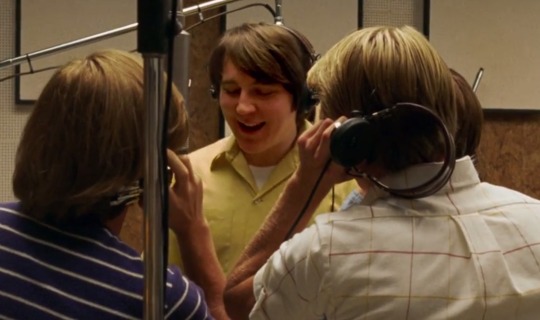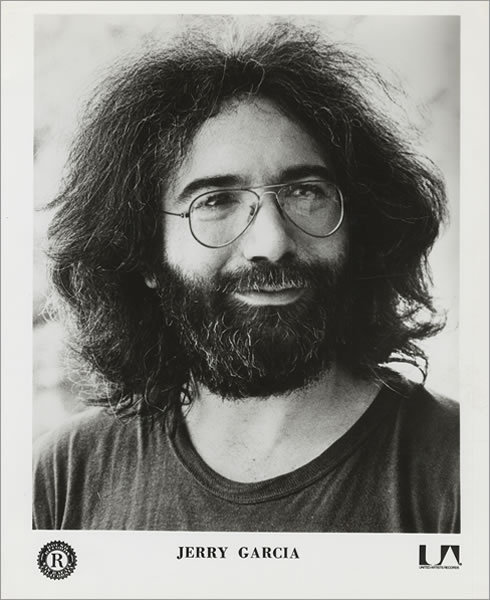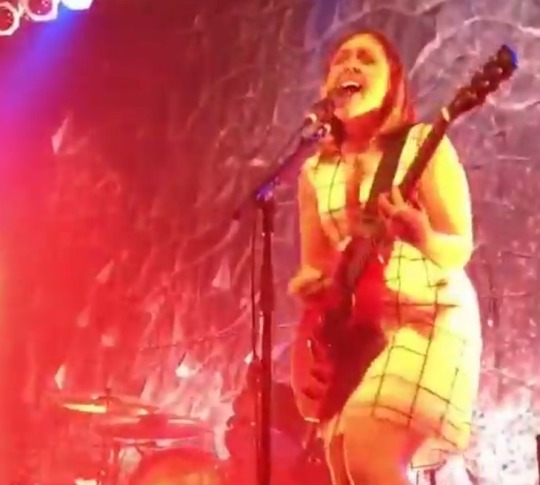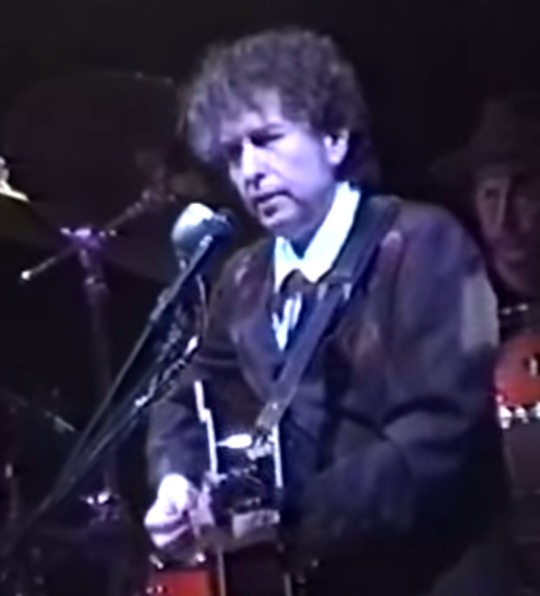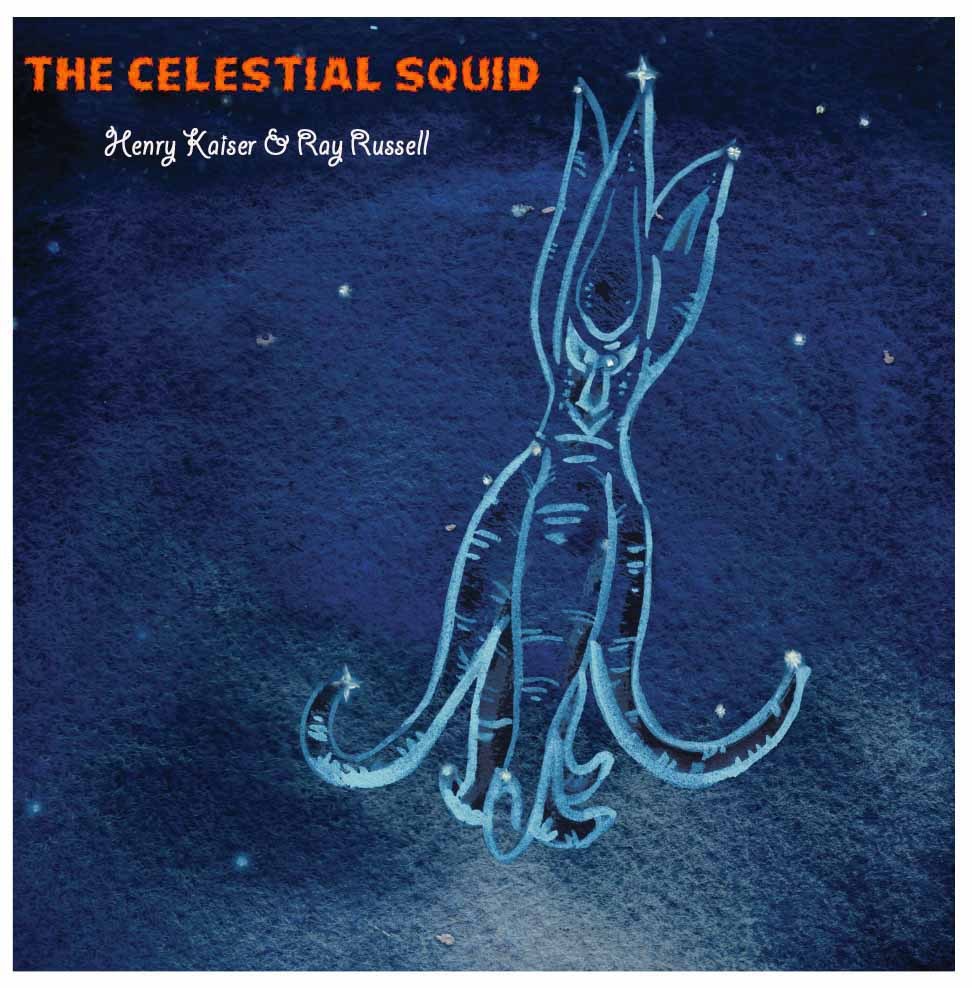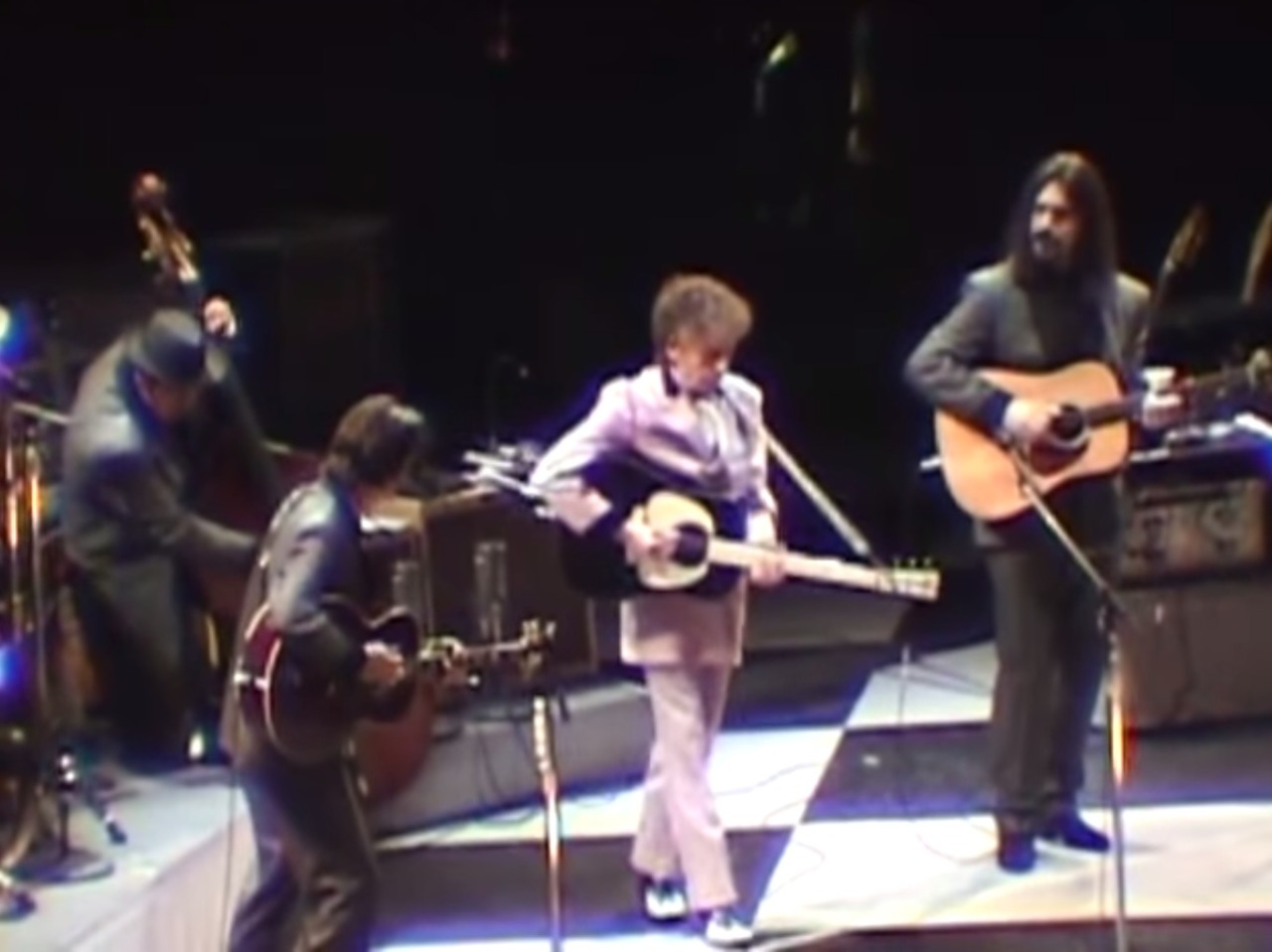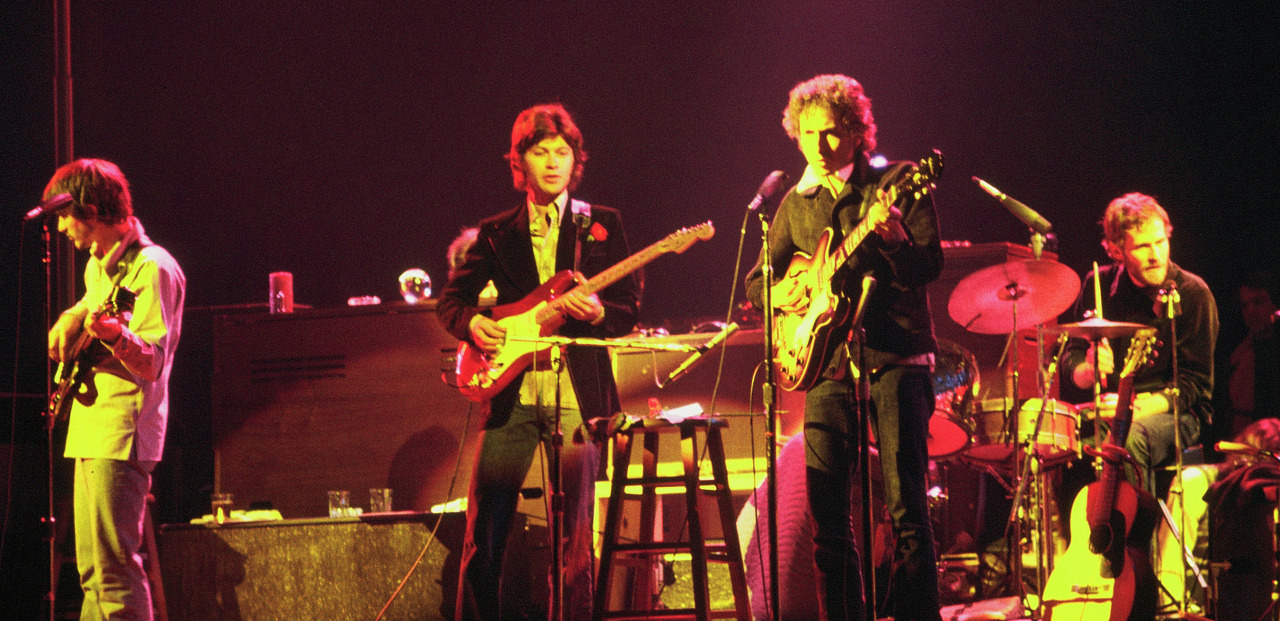
Here are nine things I learned from Bob Dylan’s AARP interview.
1) Bob Dylan listened to tons of big band music as a kid:
“Early on, before rock ‘n’ roll, I listened to big band music: Harry James, Russ Columbo, Glenn Miller. Singers like Jo Stafford, Kay Starr, Dick Haymes. Anything that came over the radio and music played by bands in hotels that our parents could dance to. We had a big radio that looked like a jukebox, with a record player on the top.”
2) Bob Dylan thinks the access to most of recorded music that the Internet now makes possible is a negative:
“Well, if you’re just a member of the general public, and you have all this music available to you, what do you listen to? How many of these things are you going to listen to at the same time? Your head is just going to get jammed — it’s all going to become a blur, I would think. Back in the day, if you wanted to hear Memphis Minnie, you had to seek a compilation record, which would have a Memphis Minnie song on it. And if you heard Memphis Minnie back then, you would just accidentally discover her on a record that also had Son House and Skip James and the Memphis Jug Band. And then maybe you’d seek Memphis Minnie in some other places — a song here, a song there. You’d try to find out who she was. Is she still alive? Does she play? Can she teach me anything? Can I hang out with her? Can I do anything for her? Does she need anything? But now, if you want to hear Memphis Minnie, you can go hear a thousand songs. Likewise, all the rest of those performers, like Blind Lemon [Jefferson]. In the old days, maybe you’d hear “Matchbox” and “Prison Cell Blues.” That would be all you would hear, so those songs would be prominent in your mind. But when you hear an onslaught of 100 more songs of Blind Lemon, then it’s like, “Oh man! This is overkill!” It’s so easy you might appreciate it a lot less.”
3) Bob Dylan is such a fan of Picasso he’d like to be him – maybe:
“Well, I might trade places with Picasso if I could, creatively speaking. I’d like to think I was the boss of my creative process, too, and I could just do anything I wanted whenever I wanted and it would all be on a grand scale. But of course, that’s not true. Like Sinatra, there was only one Picasso.”

4) Bob Dylan’s take on creativity:
“[Creativity is] uncontrollable. It makes no sense in literal terms. I wish I could enlighten you, but I can’t — just sound stupid trying. But I’ll try. It starts like this. What kind of song do I need to play in my show? What don’t I have? It always starts with what I don’t have instead of doing more of the same. I need all kinds of songs — fast ones, slow ones, minor key, ballads, rumbas — and they all get juggled around during a live show. I’ve been trying for years to come up with songs that have the feeling of a Shakespearean drama, so I’m always starting with that. Once I can focus in on something, I just play it in my mind until an idea comes from out of nowhere, and it’s usually the key to the whole song. It’s the idea that matters. The idea is floating around long before me. It’s like electricity was around long before Edison harnessed it. Communism was around before Lenin took over. Pete Townshend thought about Tommy for years before he actually wrote any songs for it. So creativity has a lot to do with the main idea. Inspiration is what comes when you are dealing with the idea. But inspiration won’t invite what’s not there to begin with.”
5) Bob Dylan believes “self-sufficiency creates happiness”:
“OK, a lot of people say there is no happiness in this life, and certainly there’s no permanent happiness. But self-sufficiency creates happiness. Happiness is a state of bliss. Actually, it never crosses my mind. Just because you’re satisfied one moment — saying yes, it’s a good meal, makes me happy — well, that’s not going to necessarily be true the next hour. Life has its ups and downs, and time has to be your partner, you know? Really, time is your soul mate. Children are happy. But they haven’t really experienced ups and downs yet. I’m not exactly sure what happiness even means, to tell you the truth. I don’t know if I personally could define it. [Happiness is] like water — it slips through your hands. As long as there’s suffering, you can only be so happy. How can a person be happy if he has misfortune? Does money make a person happy? Some wealthy billionaire who can buy 30 cars and maybe buy a sports team, is that guy happy? What then would make him happier? Does it make him happy giving his money away to foreign countries? Is there more contentment in that than giving it here to the inner cities and creating jobs? Nowhere does it say that one of the government’s responsibilities is to create jobs. That is a false premise. But if you like lies, go ahead and believe it. The government’s not going to create jobs. It doesn’t have to. People have to create jobs, and these big billionaires are the ones who can do it. We don’t see that happening. We see crime and inner cities exploding, with people who have nothing to do but meander around, turning to drink and drugs, into killers and jailbirds. They could all have work created for them by all these hotshot billionaires. For sure, that would create a lot of happiness. Now, I’m not saying they have to — I’m not talking about communism — but what do they do with their money? Do they use it in virtuous ways? If you have no idea what virtue is all about, look it up in a Greek dictionary. There’s nothing namby-pamby about it.
6) Bob Dylan thinks Billy Graham, the evangelist, was “like rock ’n’ roll personified”:
When I was growing up, Billy Graham was very popular. He was the greatest preacher and evangelist of my time — that guy could save souls and did. I went to two or three of his rallies in the ’50s or ’60s. This guy was like rock ’n’ roll personified — volatile, explosive. He had the hair, the tone, the elocution — when he spoke, he brought the storm down. Clouds parted. Souls got saved, sometimes 30- or 40,000 of them. If you ever went to a Billy Graham rally back then, you were changed forever. There’s never been a preacher like him. He could fill football stadiums before anybody. He could fill Giants Stadium more than even the Giants football team. Seems like a long time ago. Long before Mick Jagger sang his first note or Bruce strapped on his first guitar — that’s some of the part of rock ’n’ roll that I retained. I had to. I saw Billy Graham in the flesh and heard him loud and clear.
7) These days Bob Dylan can relate more to a song like “I’m A Fool To Want You” than to his own “Queen Jane Approximately”:
“These songs [on Shadows In The Night] have been written by people who went out of fashion years ago. I’m probably someone who helped put them out of fashion. But what they did is a lost art form. Just like da Vinci and Renoir and van Gogh. Nobody paints like that anymore either. But it can’t be wrong to try. So a song like “I’m a Fool to Want You” — I know that song. I can sing that song. I’ve felt every word in that song. I mean, I know that song. It’s like I wrote it. It’s easier for me to sing that song than it is to sing, “Won’t you come see me, Queen Jane.” At one time that wouldn’t have been so. But now it is. Because “Queen Jane” might be a little bit outdated. It can’t be outrun. But this song is not outdated. It has to do with human emotion, which is a constant thing. There’s nothing contrived in these songs. There’s not one false word in any of them. They’re eternal, lyrically and musically.”
8) Bob Dylan clearly understands what recording an album of standards, Shadows in The Night, means — that in a way he is making peace with a music that, as he puts it, “rock ’n’ roll came to destroy”:
“To those of us who grew up with these kinds of songs and didn’t think much of it, these are the same songs that rock ’n’ roll came to destroy — music hall, tangos, pop songs from the ’40s, fox-trots, rumbas, Irving Berlin, Gershwin, Harold Arlen, Hammerstein. Composers of great renown.”
9) Dylan is asked if Frank Sinatra was “too square to admit liking” back in the late ’50s/’60s:
“Square? I don’t think anybody would have been bold enough to call Frank Sinatra square. Kerouac listened to him, along with Bird [Charlie Parker] and Dizzy [Gillespie]. But I myself never bought any Frank Sinatra records back then, if that’s what you mean. I never listened to Frank as an influence. All I had to go on were records, and they were all over the place, orchestrated in one way or another. Swing music, Count Basie, romantic ballads, jazz bands — it was hard to get a fix on him. But like I say, you’d hear him anyway. You’d hear him in a car or a jukebox. You were conscious of Frank Sinatra no matter what age you were. Certainly nobody worshipped Frank Sinatra in the ’60s like they did in the ’40s. But he never went away. All those other things that we thought were here to stay, they did go away. But he never did.”
Frank Sinatra, “Ebb Tide”:
-– A Days of the Crazy-Wild blog post: sounds, visuals and/or news –-
—
[I published my novel, True Love Scars, in August of 2014.” Rolling Stone has a great review of my book. Read it here. And Doom & Gloom From The Tomb ran this review which I dig. There’s info about True Love Scars here.]

